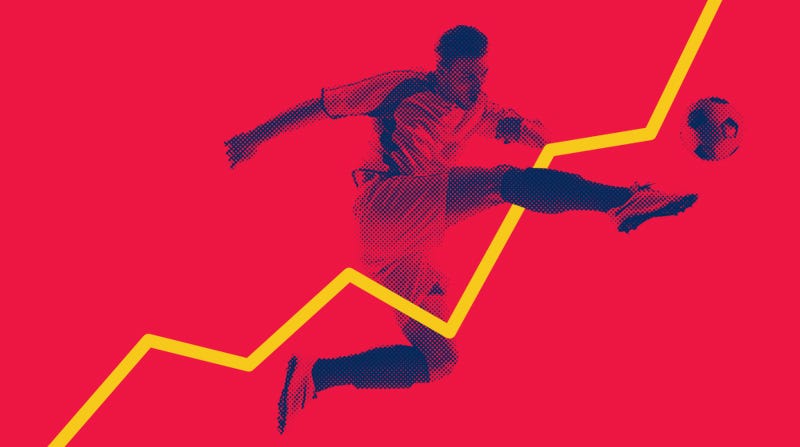
Game Changers: Case Studies in Revolutionary Sports Analysis
Sports analysis is a crucial aspect of game improvement and performance enhancement. It is a systematic evaluation of movements, strategies, and individual/team performance through different tools and techniques. From coaches and analysts to players and journalists, everyone involved in the sporting world can benefit from sports analysis. In this article, we will explore the ultimate guide to sports analysis, including techniques and strategies that can help you improve your game.
1. Establish Goals:
Before you start analyzing the game, it is essential to determine what you want to achieve through the analysis. Are you evaluating individual or team performance? Are you trying to identify areas of improvement or patterns of success? By identifying the objectives, you can create a structured plan for your analysis, which can help you get the most out of the process.
2. Collect Data:
Collecting data is the foundation of sports analysis. There are several ways to collect data, ranging from basic observation and manual tracking to advanced technologies like GPS and wearable sensors. For instance, a coach might use specific metrics like distance covered, sprint speed, and heart rate to monitor the team’s fitness levels. Or, an analyst might use video footage to identify tactical patterns and player movements during the game.
3. Analyze Data:
Once you have collected the data relevant to your goal, the next step is to analyze it. There are various software and tools available in the market to help you analyze the data, ranging from basic spreadsheets to advanced software that uses artificial intelligence to identify patterns and trends. Generally, there are two types of sports analysis: quantitative and qualitative. Quantitative analysis involves numerical data, such as distance covered, while qualitative analysis involves subjective evaluation, such as ball control and body positioning.
4. Evaluate Results:
After analyzing the data, the next step is to evaluate the results. The evaluation should focus on how the data aligns with your initial goals and objectives. If the results indicate areas of improvement, you can create a plan to address those areas. Similarly, if the results indicate success patterns, you can develop strategies to replicate those patterns.
5. Implement and Monitor Changes:
The final stage of sports analysis is to implement and monitor the changes. Whether you are a coach or a player, it is essential to track the effectiveness of the changes you made. You can do this by collecting data after implementing the changes and comparing it with the previous results. If the changes are helping you achieve your goals, it is an indication that you are moving in the right direction.
Conclusion:
Scammer site search (먹튀사이트 조회) Sports analysis is an integral part of game improvement and performance enhancement. By following the techniques and strategies mentioned above, you can conduct effective sports analysis and use it to your advantage. Remember, sports analysis is not a one-time process; it requires regular monitoring and evaluation, so you can continuously improve your game.